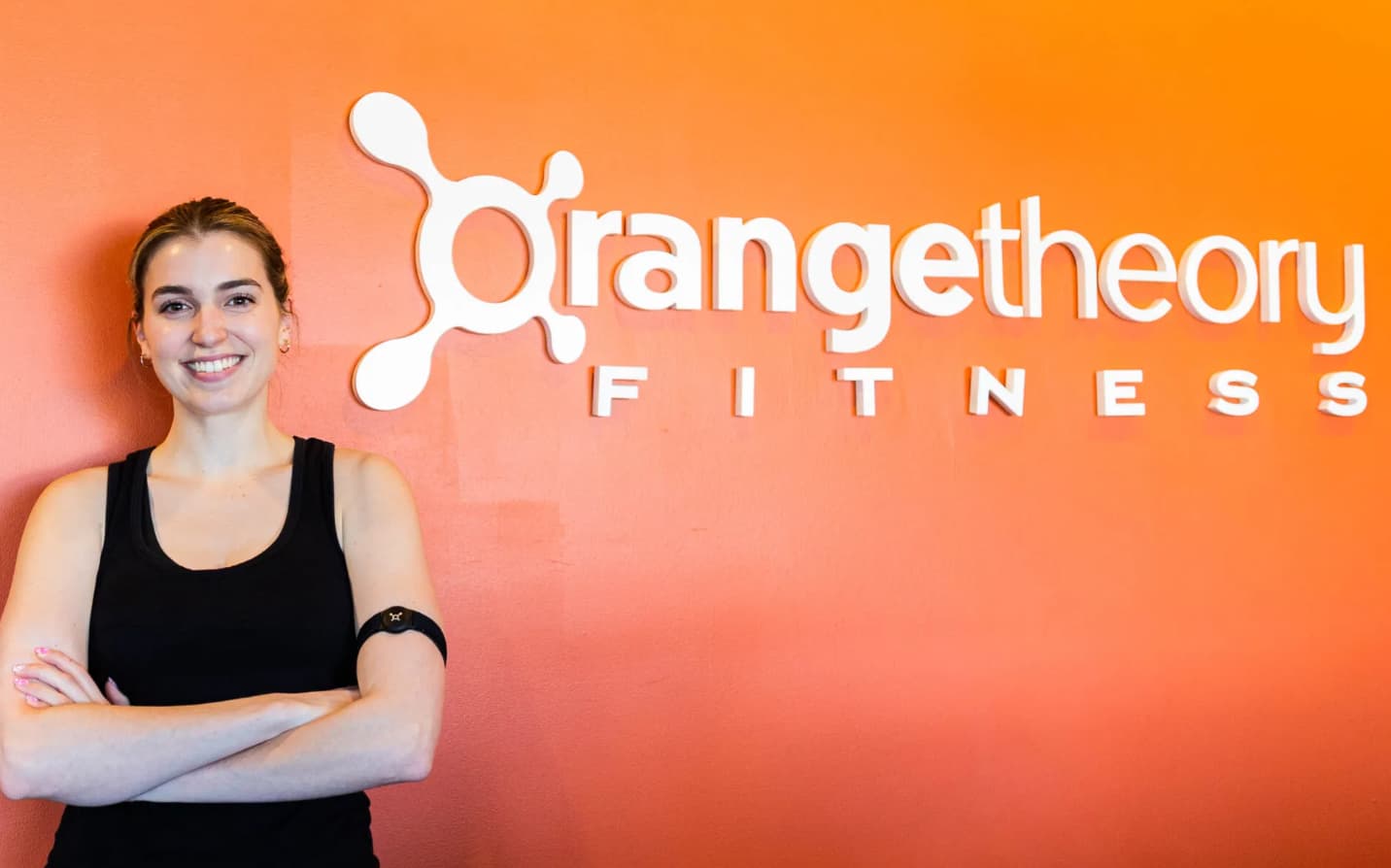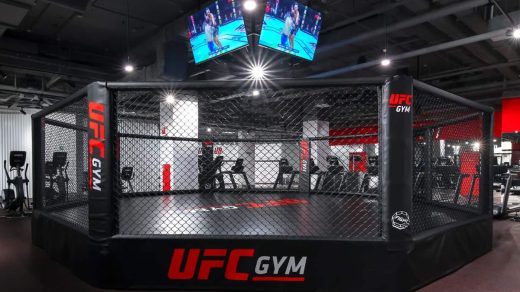OrangeTheory Fitness (OTF) has become one of the most popular boutique gym franchises, offering heart-rate based group workout classes led by energetic coaches. Their classes utilize a mix of treadmills, rowing machines, free weights and floor exercises to provide an intense full-body workout.
OTF offers classes in two main formats – the original 2G 60 minute class and the newer 3G 45-60 minute option. But what exactly is the difference between Orangetheory 2G and 3G?
Orangetheory 2G vs 3G

Read on for a detailed comparison of class structure, intensity, duration, equipment used, pricing, and more.
What is Orange Theory Fitness?
OrangeTheory Fitness is a franchise of workout studios that offer high intensity interval training (HIIT) in a group setting led by coaches. Their workouts aim to keep heart rates in specific zones using monitors, to spur metabolism and calorie burn.
The Orangetheory workout is based on excess post-exercise oxygen consumption (EPOC), which causes accelerated calorie burn for up to 36 hours after a workout due to increased metabolism.
Their studios have multiple treadmills, rowing machines, TRX suspension trainers, and floor space for strength moves and core exercises. Classes are set to motivating music and guided by energetic coaches.
Also Check: Orange Theory Fitness Prices, Packages & Membership Costs
The Main Difference Between Orangetheory 2G and 3G
The main difference lies in the number of workout zones/stations and class size. Let’s look at each format:
2G Classes
The 2G class is the original 60 minute Orangetheory workout, focused on two rotation groups between the treadmills and floor.
- Class size: Up to 24 participants
- Groups: Divided into two groups of up to 12
- Stations: Treadmills and floor
One group starts on the treadmills while the other begins with strength moves like squats, lunges, and core exercises on the floor. They switch stations halfway through class.
3G Classes
The 3G class was introduced later to accommodate more participants through three rotation groups – treadmills, floor, and rowers.
- Class size: Up to 36 participants
- Groups: Divided into three groups up to 12
- Stations: Treadmills, floor exercises, rowing machines
Groups rotate through each of the three stations, spending less time at each one compared to 2G. The added rower segment focuses on power and cardio endurance.
Similarities Between Orangetheory 2G and 3G
While the class structure differs, 2G and 3G share quite a few similarities:
- High-intensity interval training (HIIT) format
- Focus on heart rate-based training
- Led by energetic coaches who guide and motivate
- Use of heart rate monitors to track effort and progress
- Customizable to different fitness levels
- Utilize treadmills, free weights, and bodyweight moves
- Aim to increase metabolism through excess post-exercise oxygen consumption (EPOC)
Both class types harness the key principles of Orangetheory – a science-backed, coach-guided workout focused on heart health and calorie burn.
OrangeTheory 2G vs 3G: Workout Structure
As outlined earlier, the main structural difference lies in the number of rotation groups:
- 2G: 2 groups rotating between treadmills and floor
- 3G: 3 groups rotating between treadmills, floor, and rowers
Let’s look at this rotation sequence in more detail:
2G Workout Structure
- 5 minutes: Warm up
- 23 minutes: Treadmill block
- 2 minutes: Transition to floor
- 23 minutes: Floor block
- 5 minutes: Cool down and stretching
The treadmill block focuses on endurance training to elevate heart rate, with intervals like push pace and all-outs.
The floor block utilizes strength training with squats, lunges, core moves, and weights to keep the heart rate up.
3G Workout Structure
- 5 minutes: Warm up
- 12-18 minutes: Treadmill block
- 30-60 seconds: Transition
- 12-18 minutes: Floor block
- 30-60 seconds: Transition
- 12-18 minutes: Rower block
- 5 minutes: Cool down and stretching
Each block is shorter compared to 2G, but the added rowing segment provides another zone to elevate the heart rate. The quick transitions also add intensity.
OrangeTheory 2G vs 3G: Intensity Level
Both class types provide high intensity interval training:
2G focuses on switching between endurance (treadmill) and strength training (floor) to create an intense calorie burn.
3G adds a rowing power segment to increase cardio intensity beyond what treadmills and floor exercises alone can provide.
So while 2G offers a tough workout, 3G ratchets up the intensity another notch by incorporating whole-body power moves on the rowing machine.
OrangeTheory 2G vs 3G: Class Size & Experience Level
The difference in class sizes also impacts the experience level of each workout:
2G classes have up to 24 participants, keeping the class smaller and more personalized:
- Easier for coaches to provide individual attention
- More suitable for beginners
3G classes have up to 36 participants, making for a larger and more intense workout:
- Fast paced flow between stations
- Added competition from seeing more people workout
- More challenging for new members
So first-timers may want to start with 2G to get comfortable with the OTF format. But 3G offers seasoned members a more intense group fitness experience.
OrangeTheory 2G vs 3G: Equipment Usage
Both class types utilize a lot of the same equipment, including:
- Treadmills
- Free weights like dumbbells and kettlebells
- Bodyweight moves like squats, lunges, and core exercises
- Suspension trainers like TRX bands
- Resistance bands
The key difference is 3G adds rowing machines to complement treadmill running and floor exercises. This provides a third modality to drive up the heart rate.
OrangeTheory 2G vs 3G: Pricing/Cost
Pricing can vary based on location, but in general, 2G and 3G classes cost the same per session. Some pricing options include:
- Pay per class: Usually $12 to $30
- Class packages: Range from $59 for 4 classes up to $159 for 8 classes
- Unlimited monthly: From $129 to $279 depending on location
Many studios offer an introductory promo like 2 weeks unlimited for $59. There are also student and corporate discounts available.
The only difference would be if one studio offered 2G only vs. another that had both 2G and 3G – access to both formats may impact monthly membership rates.
OrangeTheory 2G vs 3G: Which is Harder?
This often comes down to individual fitness levels and preferences for cardio vs. strength training. Here’s an overview:
2G focuses on endurance and strength training, providing a complete and challenging workout on its own.
3G keeps the treadmill and floor segments from 2G while adding a rowing block, upping the cardio intensity.
For people who find running hard on joints or struggle with strength moves, 2G may provide enough intensity.
But hardcore fitness enthusiast looking to push their cardio limits will likely find 3G to be the tougher workout. The added rowing drives heart rates into higher zones through the whole body, high power movements.
OrangeTheory 2G vs 3G: Workout Duration
2G classes are always 60 minutes to allow adequate time for the treadmill and floor segments.
3G classes can range from 45 to 60 minutes depending on the specific studio. The shorter 45-minute sessions still hit each training zone through quicker transitions between blocks. This allows studios to schedule more 3G classes.
Here’s a recap:
- 2G: Always 60 minutes
- 3G: Ranges from 45 to 60 minutes
So if time is limited but you still want an intense OTF experience, a 45-minute 3G class can deliver results.
But the 60-minute 3G session will provide more time at each station if you want to maximize your calorie burn.
OrangeTheory 2G vs 3G: Quick Comparison Table
| Class Format | 2G | 3G |
|---|---|---|
| Class Size | 24 max | 36 max |
| Duration | 60 minutes | 45-60 minutes |
| Zones/Groups | 2 groups | 3 groups |
| Rotations | Treadmills & Floor | Treadmills, Floor, Rowers |
| Intensity Level | Challenging HIIT workout | Amped up cardio from added rowing |
| Ideal For | Beginners or those new to OTF | Experienced OTF members wanting to up intensity |
OrangeTheory 2G vs 3G: Which is Better?
When considering 2G vs 3G for your workout, there are a few key factors in deciding which class fits your goals and preferences better:
Goals
- Fat burning & calorie burn: 3G burns more overall through the added rowing segment
- Endurance: 2G spends more time on treadmills
- Strength: 2G dedicates half the class to resistance moves
Preferences
- Target intensity level: 3G is tougher cardio, 2G focuses more on strength
- Time schedule: 45 min quick 3G workout or 60 min extended option
- Group size: 2G is smaller and more personalized
Evaluate whether your current targets are more aligned with cardio endurance, strength building, fat/calorie burn, or a balance of both. This can help determine whether 2G or 3G is a better match.
Final Verdict: Choose Your Adventure
While 2G and 3G have some key differences in zones, equipment, and duration – both provide an intense, coach-led high-intensity interval training experience true to the Orangetheory philosophy.
2G offers a personalized workout focused on endurance and resistance training. The smaller class size also appeals to newcomers.
3G cranks up the intensity for seasoned fitness buffs through added cardio training on the rowing machines – burning more calories in less time.
So whether your goal is to dial in on endurance or strength (2G) or maximize calorie-torching cardio sessions (3G) – Orangetheory has the perfect workout “flavor” to match your needs!



